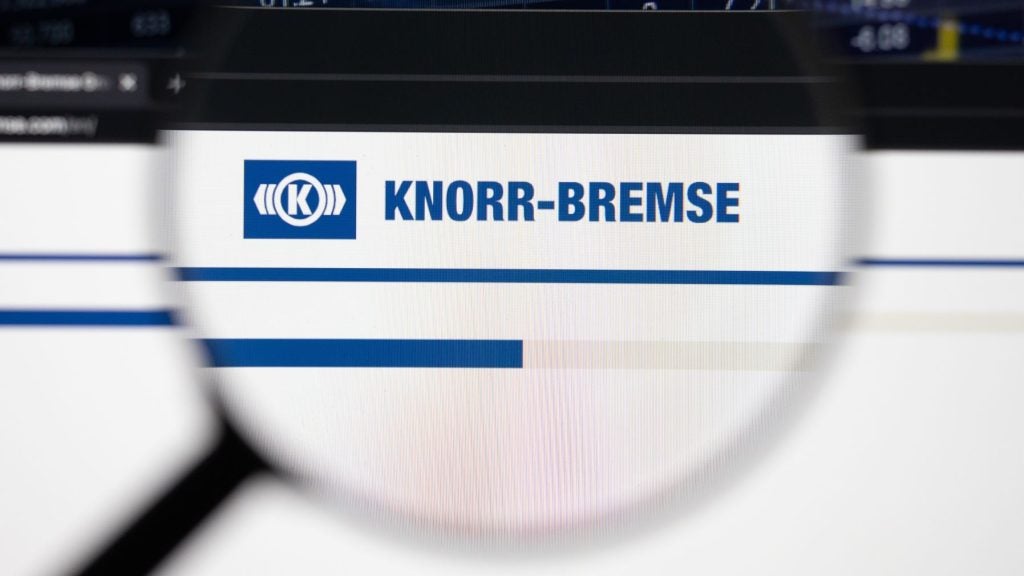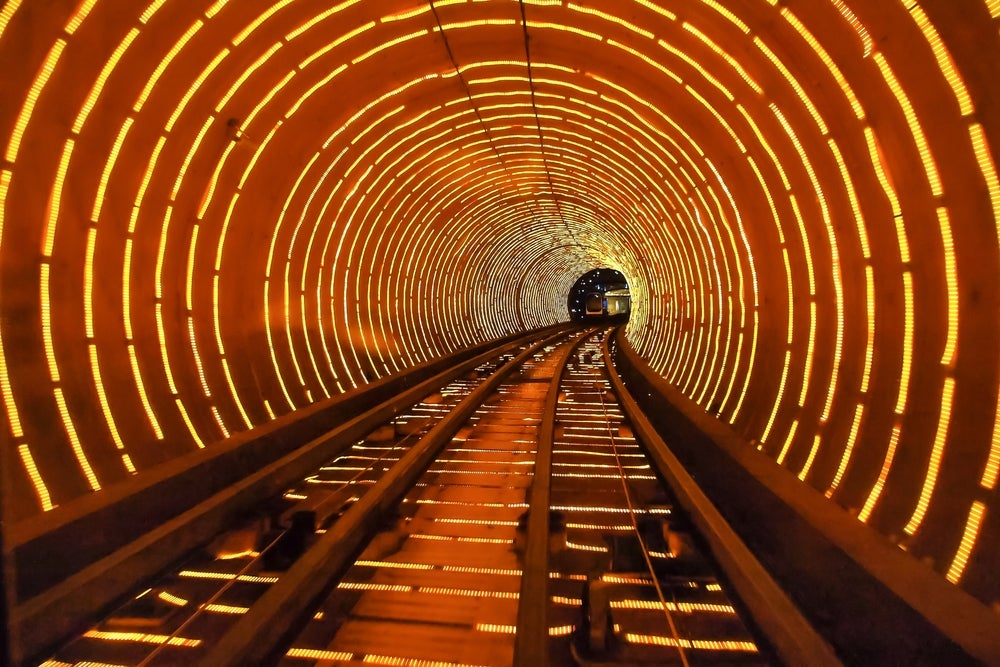The output value of the Spanish construction industry is projected to grow at a compound annual growth rate (CAGR) of 3.42% from 2016 to 2020 says a Timetric report.
Titled ‘Construction in Spain – Key Trends and Opportunities to 2020’, the report states the construction sector will recover from a weak CAGR of -5.71% through the government’s investments in rail, energy, and infrastructure projects. The most significant include the Infrastructure and Transport Plan (PEIT) 2005–2020, the National Renewable Energy Action Plan 2011–2020, and the Golden Visa scheme.
A sum of €10.1bn ($11.2bn) is expected to be invested in Spain’s transport industry to enhance infrastructure. To develop rail, Spanish authorities have introduced the Strategic PEIT 2005–2020, which plans an addition of 9,656km railway lines by 2020.
To modernise existing railways, an investment of €5.5bn ($6.1bn) is planned to the transport budget of 2016. Being a priority of the Spanish Government, €3.7bn ($4.1bn) of the totoal budget will be allocated towards development of high-speed rail networks.
The Timetric report notes the Spanish construction industry saw a sluggish period from 2011 to 2015 due to poor investor confidence, low demand, and slow economic conditions. The industry has been greatly impacted by the country’s financial crisis and started to recover very recently, registering a growth rate of 4.4% in 2015.
See Also:
Other sectors expected to contribute to the growth of the country’s construction industry include renewable energy and infrastructure development, as well as the institutional construction sector.
How well do you really know your competitors?
Access the most comprehensive Company Profiles on the market, powered by GlobalData. Save hours of research. Gain competitive edge.

Thank you!
Your download email will arrive shortly
Not ready to buy yet? Download a free sample
We are confident about the unique quality of our Company Profiles. However, we want you to make the most beneficial decision for your business, so we offer a free sample that you can download by submitting the below form
By GlobalData






